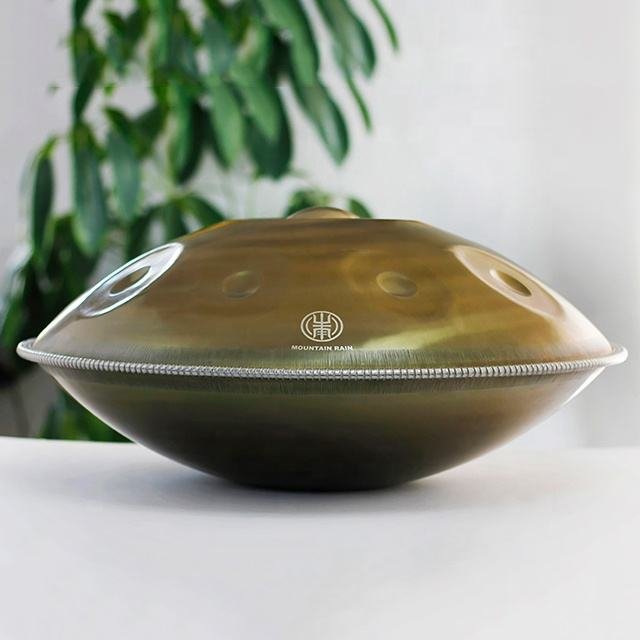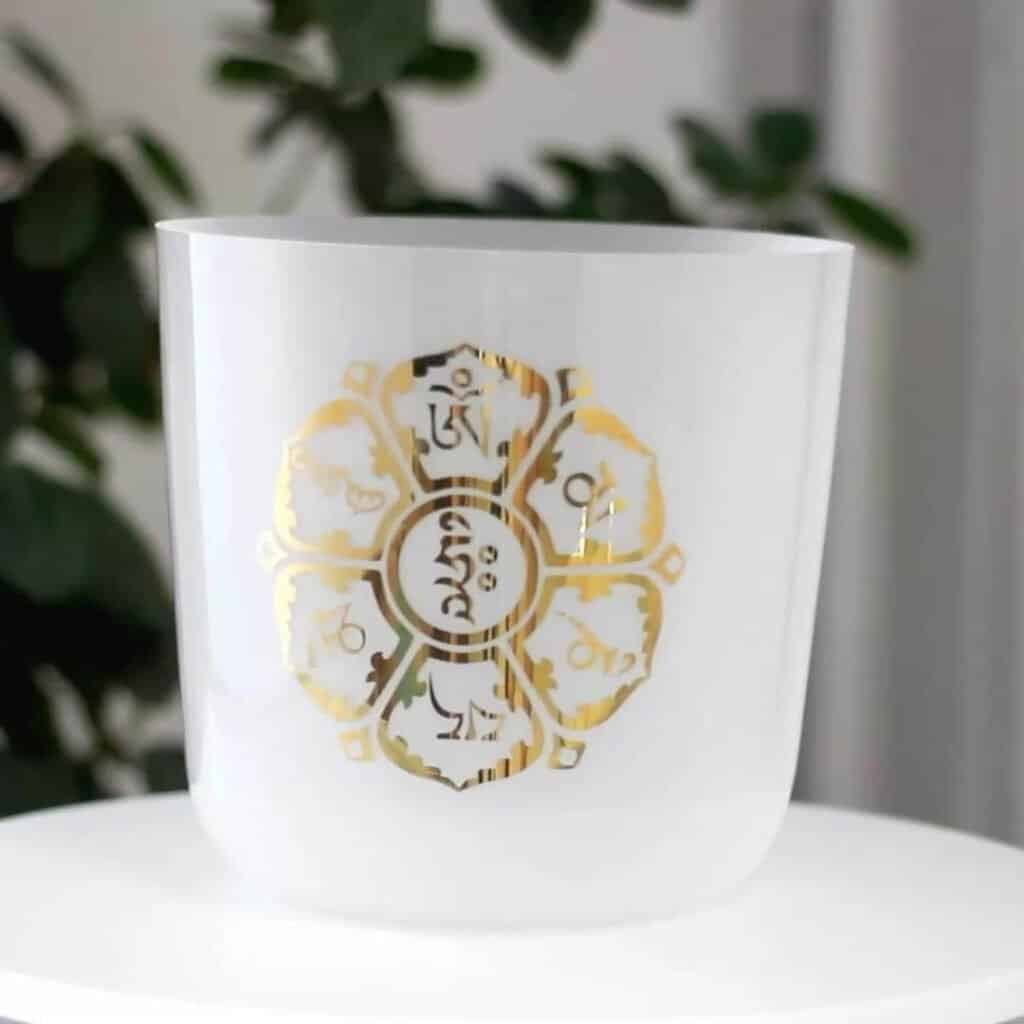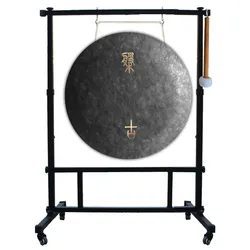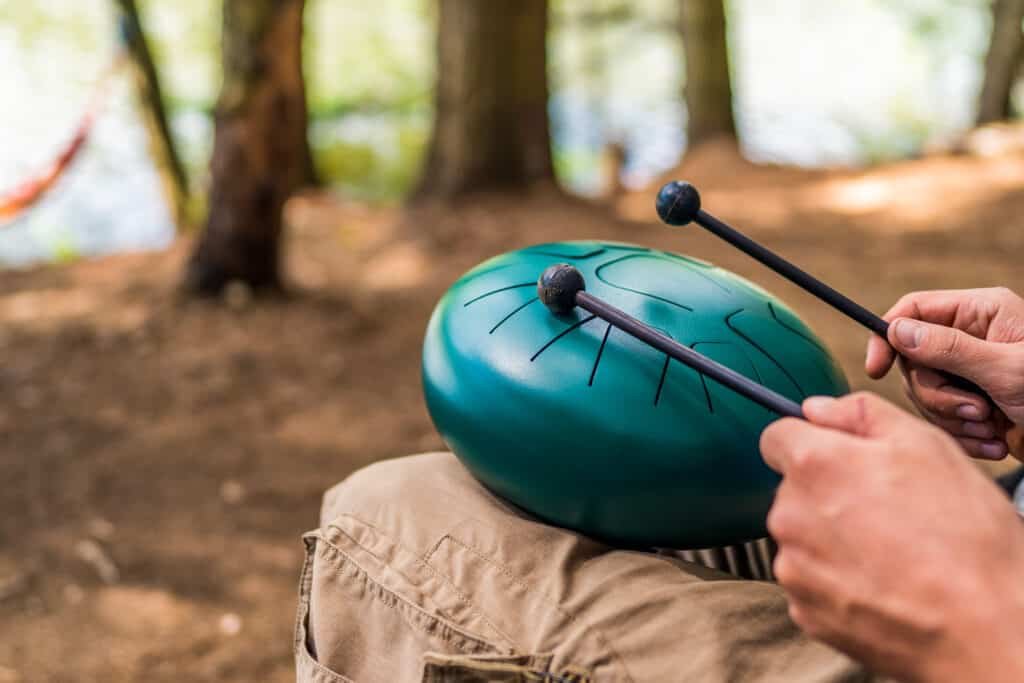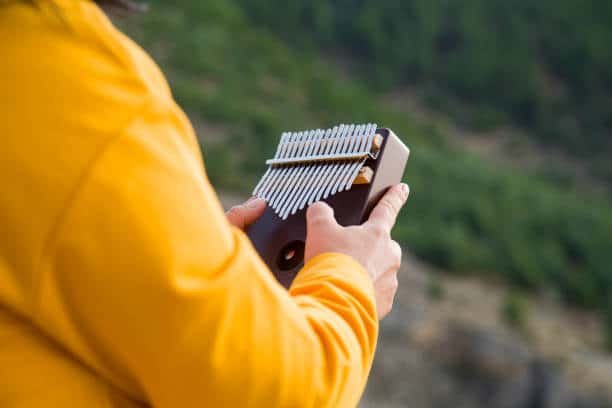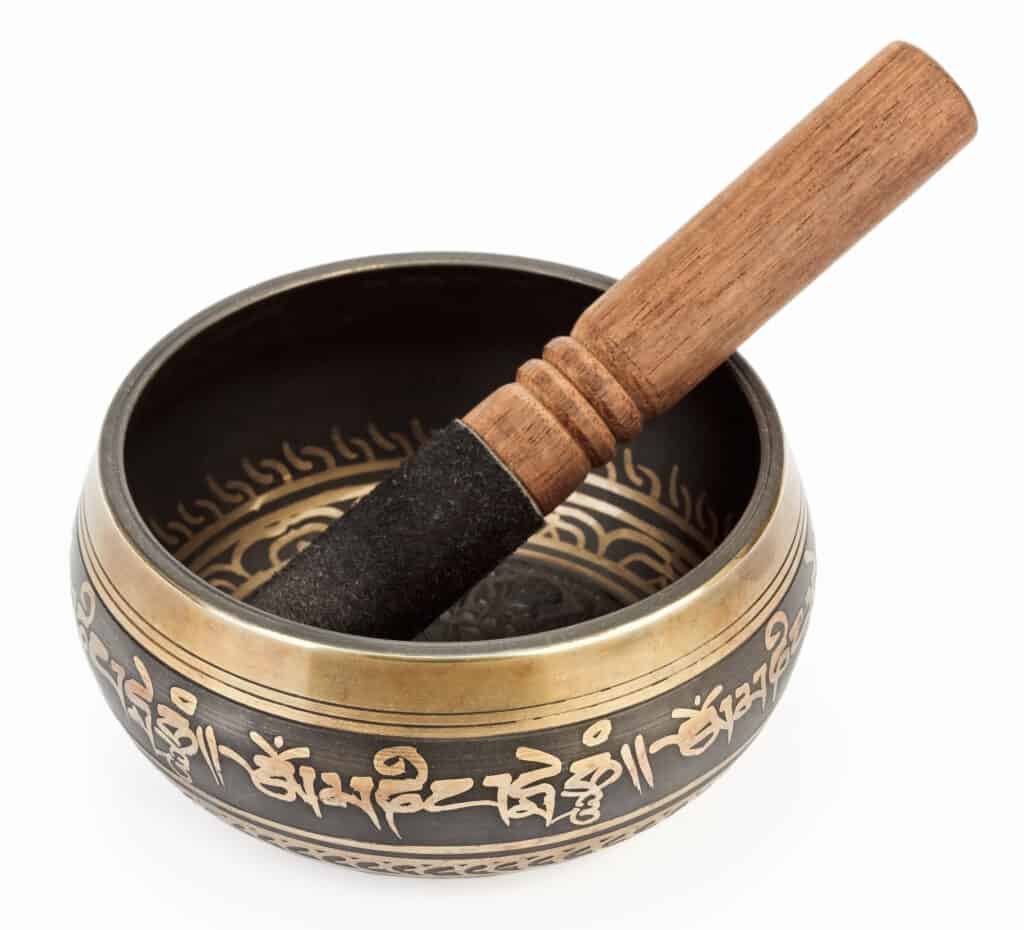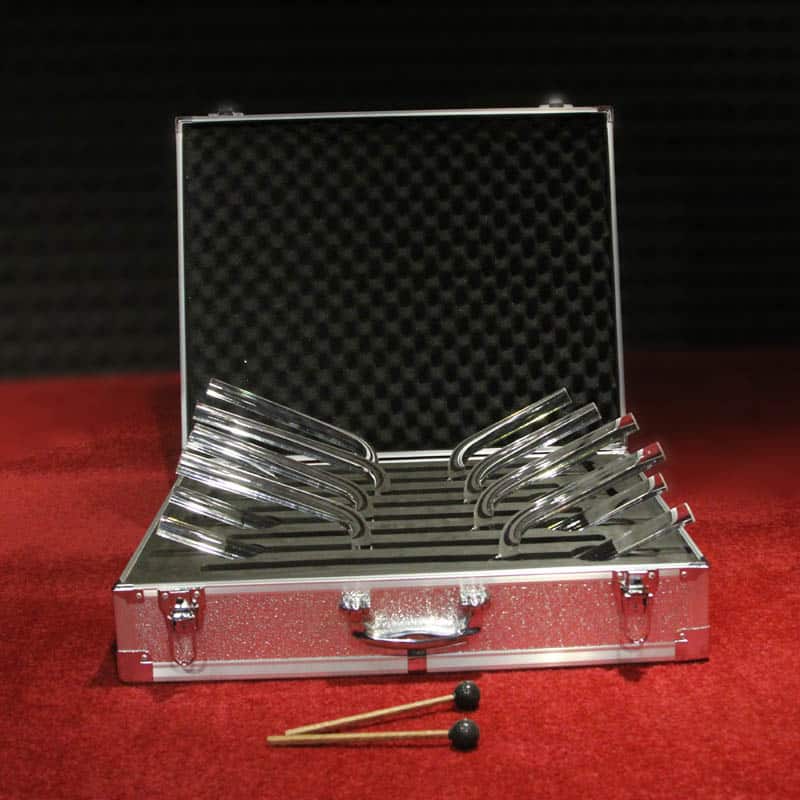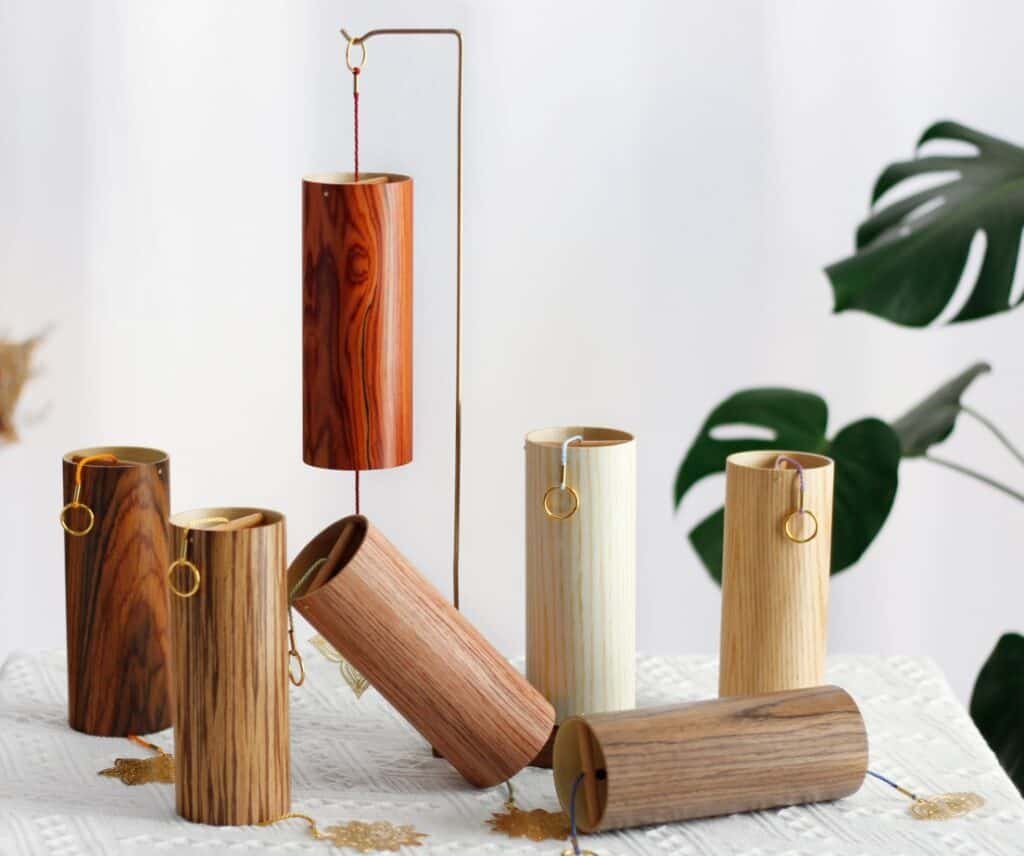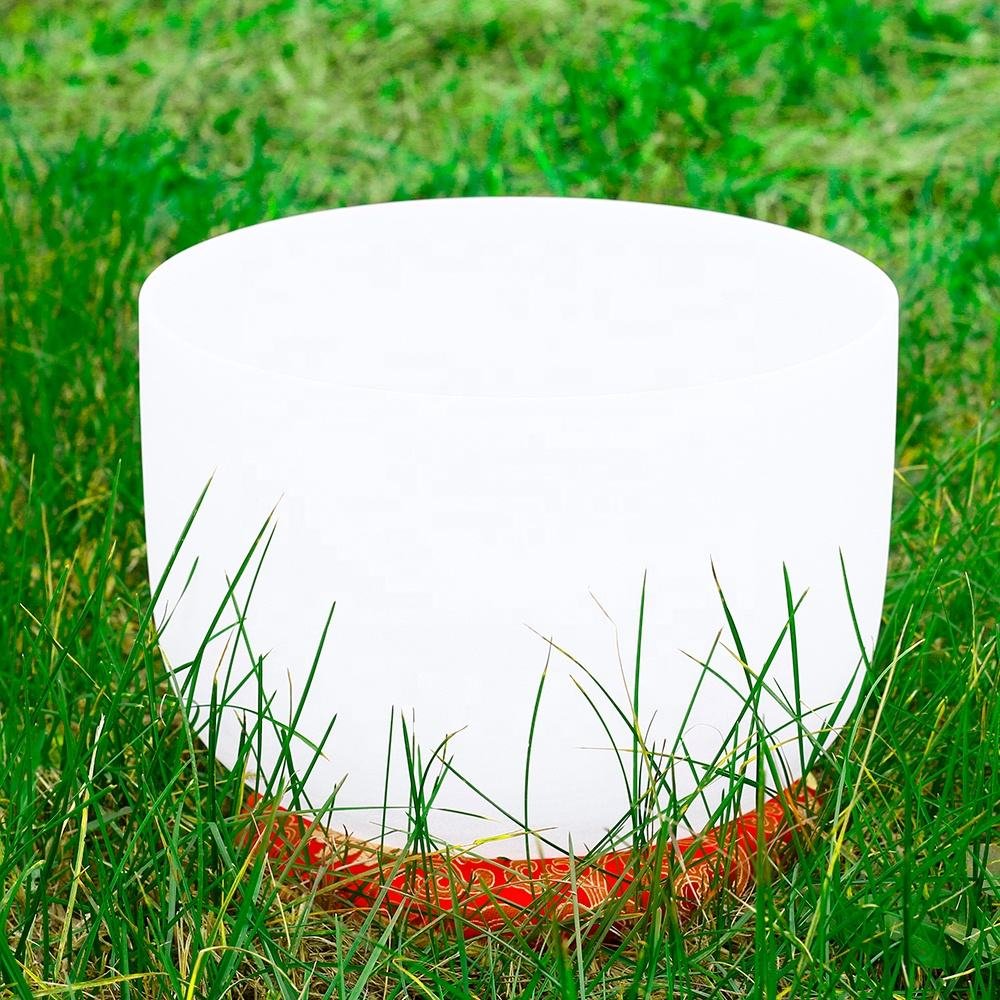Introduction: Definition of a lyre and its place in history
A lyre is a stringed musical instrument that has a long and rich history dating back to ancient cultures. The lyre is believed to have originated in ancient Mesopotamia and was later adopted by the ancient Greeks, who used it as a popular instrument for music, entertainment, and religious ceremonies. The lyre consists of a resonator (usually in the shape of a pear or almond) and a yoke with two curved arms that hold the strings. The lyre is played by plucking the strings with the fingers or a plectrum, and it is typically held in the lap or against the shoulder while being played. The lyre has a distinctive and soothing sound that has made it a popular instrument for centuries.
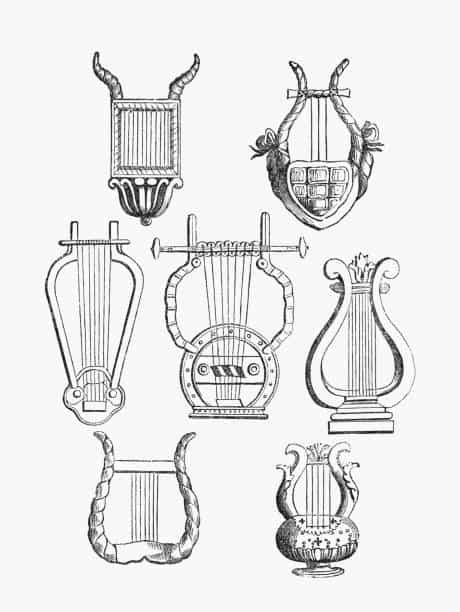
The traditional uses of the lyre: How the lyre was used in ancient cultures for music, entertainment, and religious ceremonies
In ancient cultures, the lyre was primarily used for music, entertainment, and religious ceremonies. The ancient Greeks, in particular, were known for their love of the lyre and used it in a variety of settings. In ancient Greek culture, the lyre was often associated with the god Apollo and was played by poets, musicians, and other performers as a way to tell stories and entertain. The lyre was also used in religious ceremonies and was believed to have a therapeutic effect on the listener. In addition to its use in music and entertainment, the lyre was also used as a teaching tool in music education programs. The lyre’s versatility and soothing sound made it a popular instrument in many ancient cultures.
The modern uses of the lyre: How the lyre is being used in contemporary music and performance
Today, the lyre is still being used in a variety of modern music and performance contexts. While it is not as widely known or used as some other stringed instruments, the lyre has a dedicated following of musicians and enthusiasts who appreciate its unique sound and versatility. The lyre is often used in modern music as a solo instrument, or as part of a larger ensemble. It has also been incorporated into a variety of modern music genres, including classical, folk, jazz, and world music. In addition to its use in music, the lyre is also sometimes used in performance art and theater as a way to add a unique and soothing element to the performance.
The therapeutic benefits of playing the lyre: How the lyre can be used as a therapeutic tool for stress relief and relaxation
The lyre has long been recognized for its therapeutic benefits, and many people find that playing the lyre can be a relaxing and stress-relieving activity. The soothing sound of the lyre, combined with the focus and concentration required to play it, can help to calm the mind and reduce stress. In addition, the act of playing the lyre can be a meditative and mindful activity that helps to reduce anxiety and promote relaxation. There is also evidence that listening to the lyre can have therapeutic benefits, as the soothing sound of the instrument can help to reduce stress and anxiety, and promote relaxation and a sense of well-being.

The use of the lyre in education: How the lyre is being used as a teaching tool in music education programs
The lyre has a long history of being used as a teaching tool in music education programs, and it is still being used in this capacity today. Many music educators believe that the lyre is an excellent instrument for teaching basic music concepts, such as rhythm, melody, and harmony. The lyre is also relatively easy to learn and play, which makes it accessible to students of all ages and skill levels. In addition to its use in teaching music concepts, the lyre can also be used to teach students about the cultural and historical significance of the instrument. Some music education programs include the lyre as part of their curriculum to provide students with a diverse and well-rounded musical education.
The future of the lyre: Predictions for the continued evolution and use of the lyre
It is difficult to predict exactly what the future holds for the lyre, but it is likely that the instrument will continue to evolve and be used in new and creative ways. As more people discover the unique and soothing sound of the lyre, it is possible that the instrument will gain wider recognition and popularity. It is also likely that the lyre will continue to be used in a variety of music and performance contexts, as it has versatility and adaptability that allows it to be incorporated into many different musical styles and genres. While the lyre may not ever regain the widespread popularity it once enjoyed in ancient cultures, it is likely to remain a beloved and important instrument for many musicians and music lovers around the world.
Conclusion: The enduring appeal and versatility of the lyre
Despite its ancient origins, the lyre remains a relevant and popular instrument in modern times. Its unique and soothing sound, combined with its versatility and adaptability, have made it an enduring and beloved instrument for many musicians and music lovers around the world. Whether it is being used in traditional music and performance contexts, or being incorporated into modern music and fusion genres, the lyre continues to capture the hearts and minds of people everywhere. Its enduring appeal and versatility make it an instrument that is likely to remain an important and beloved part of the musical landscape for many years to come.


